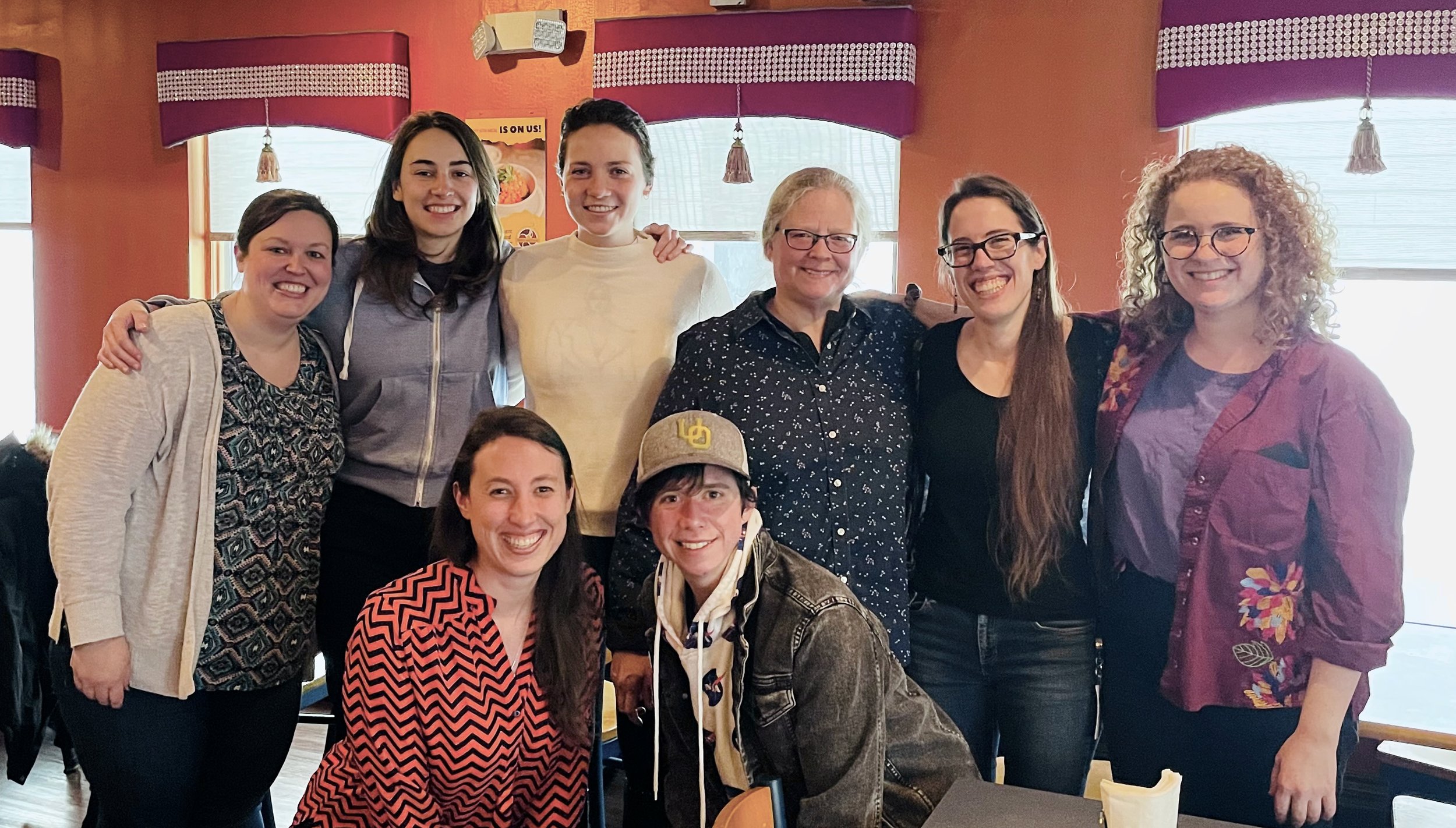Functional Morphology and Biomechanics
Research in the Brainerd lab integrates studies of anatomy, physiology and biomechanics toward a more complete understanding of vertebrate morphology and evolution. Recent work has focused on the development and applications of a new 3D imaging technology, X-ray Reconstruction of Moving Morphology (XROMM). With XROMM we can now visualize and study the natural motions of bones and joints within living animals, and with XROMM combined with Fluoromicrometry (tracking radio-opaque markers in soft tissues) we can quantify the mechanical actions of the muscles powering skeletal motions.
Professor Brainerd and her collaborators and students are currently applying XROMM and fluoromicrometry to study feeding, breathing, and locomotion in species from nearly all classes of vertebrates: suction feeding in sharks; suction feeding in ray-finned fishes; pharyngeal jaw function in cyprinid fishes; food processing in lungfishes; feeding and breathing in frogs and salamanders; food acquisition and mastication in mammals; terrestrial and aquatic locomotion in turtles; and rib kinematics and intercostal muscle function in lizards, snakes, alligators, and birds.











